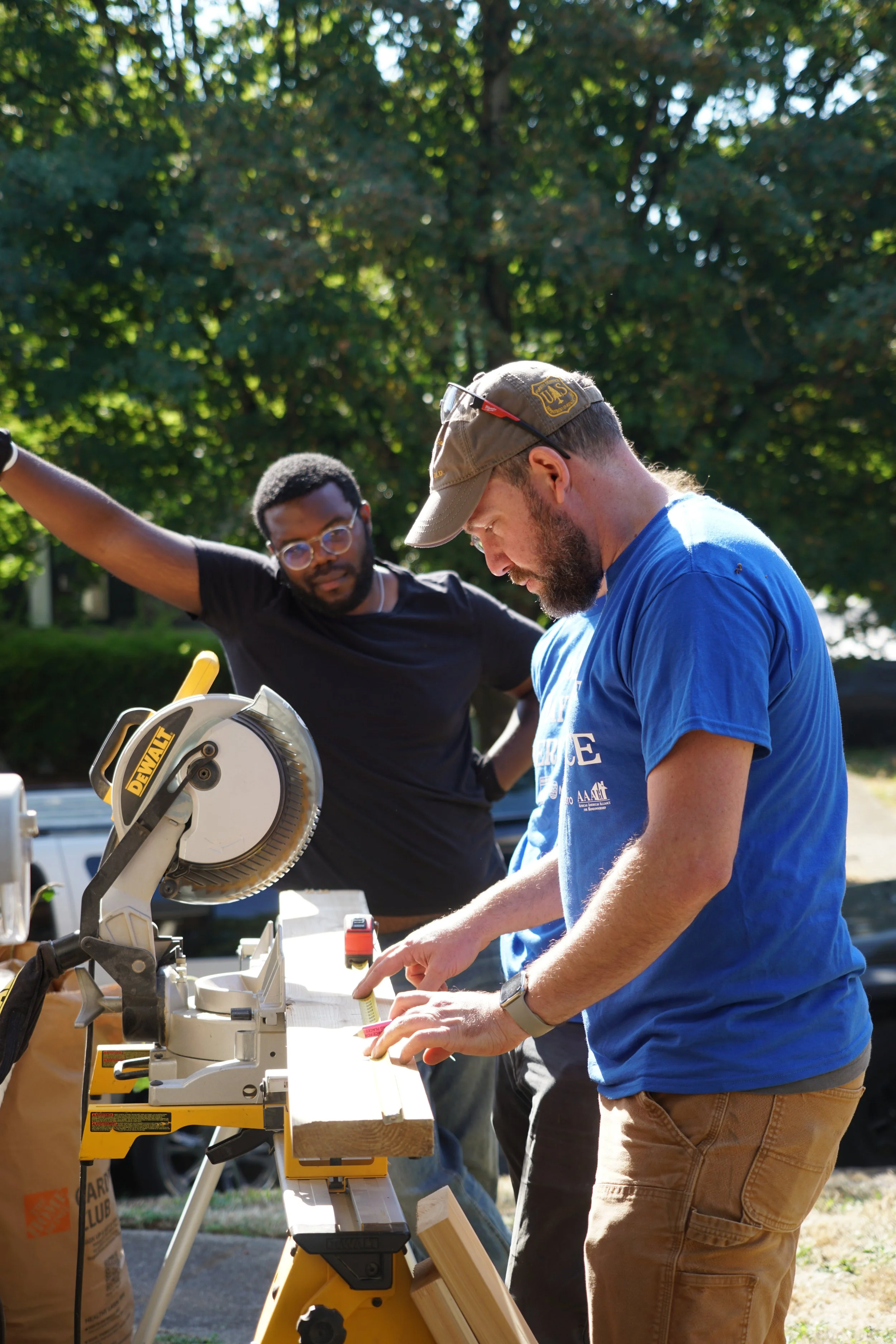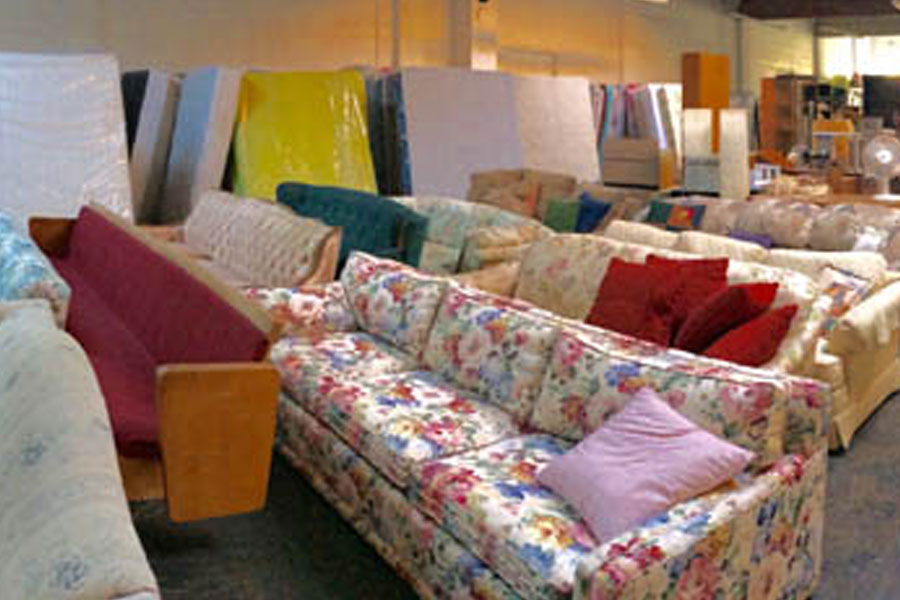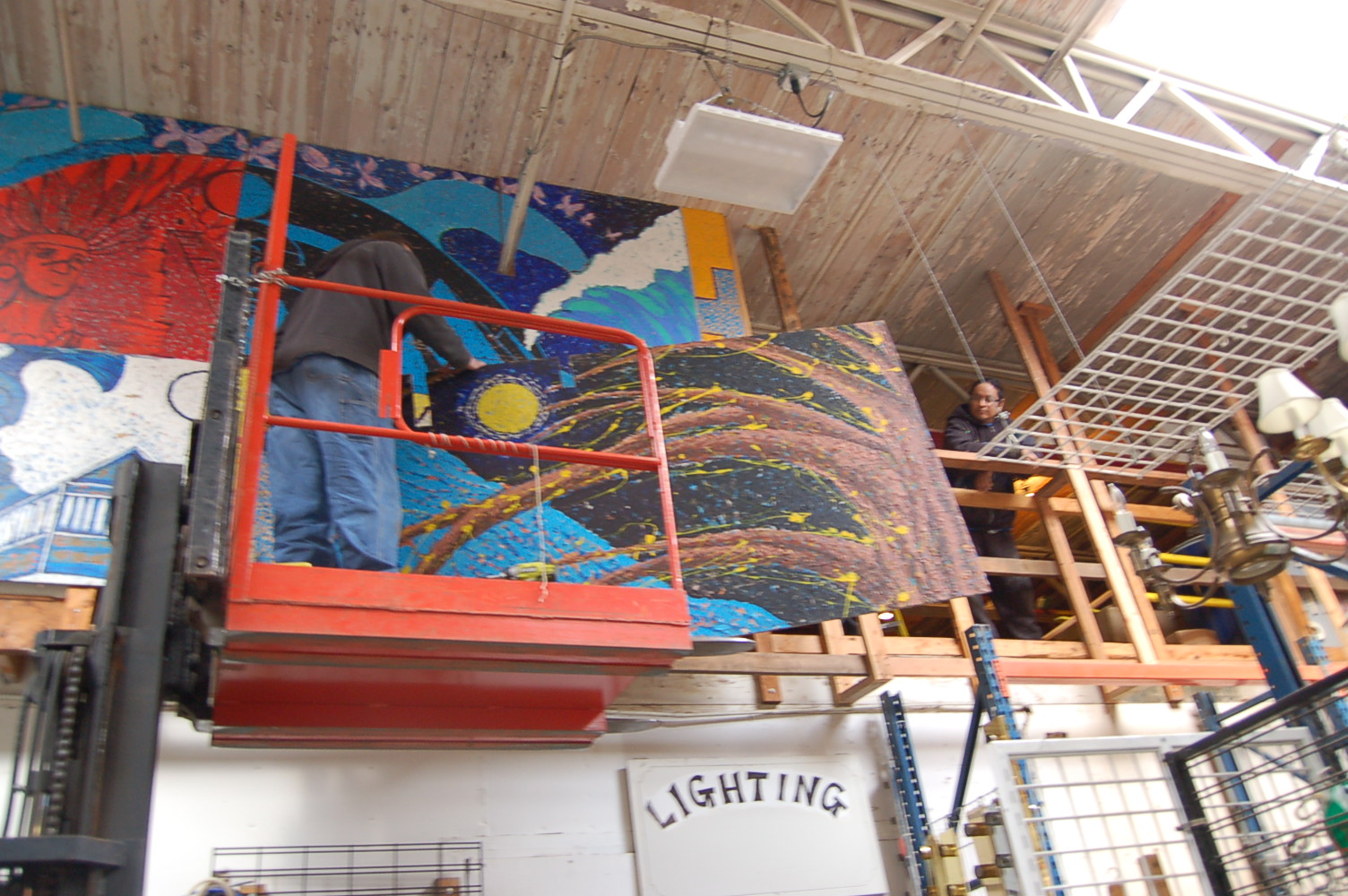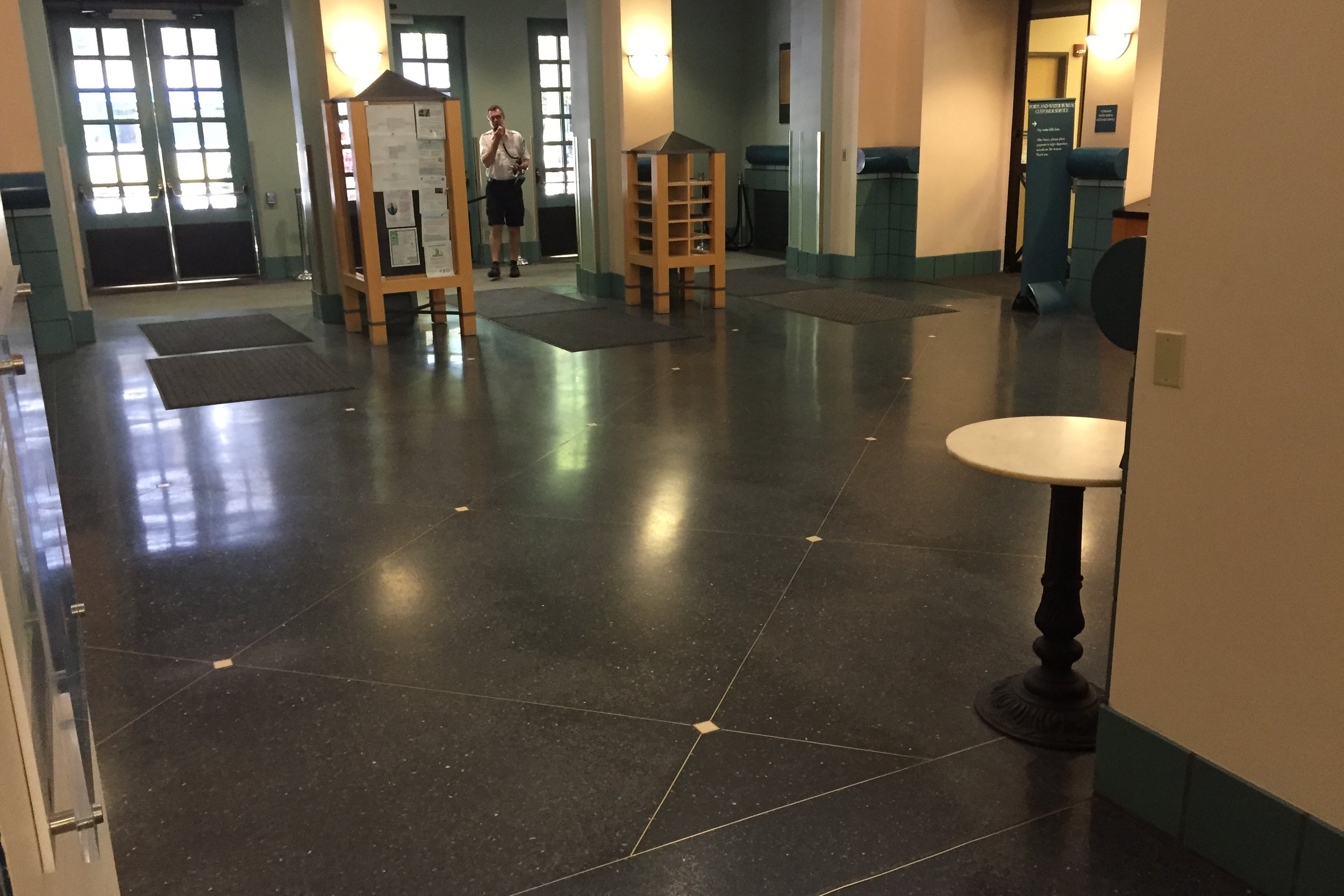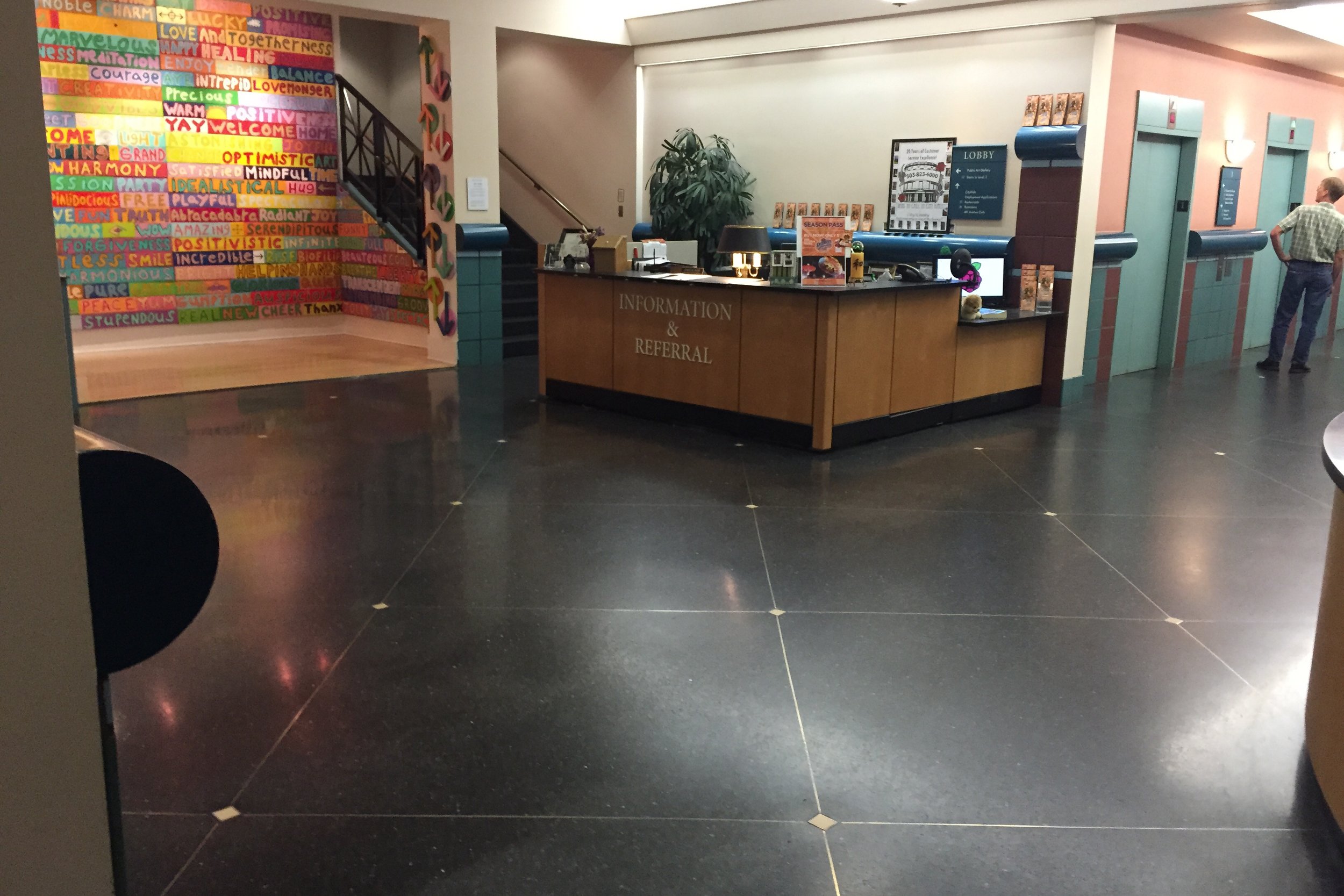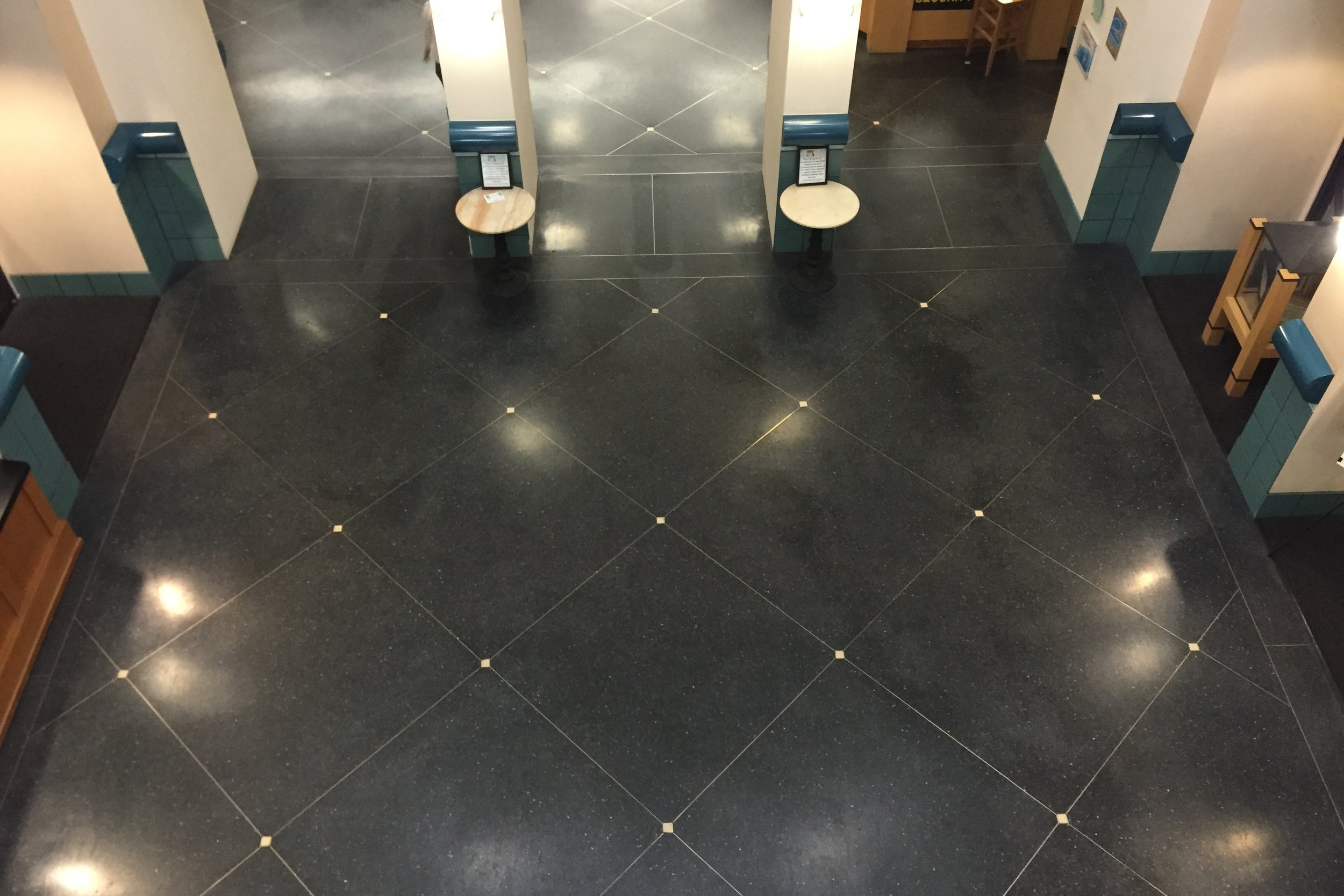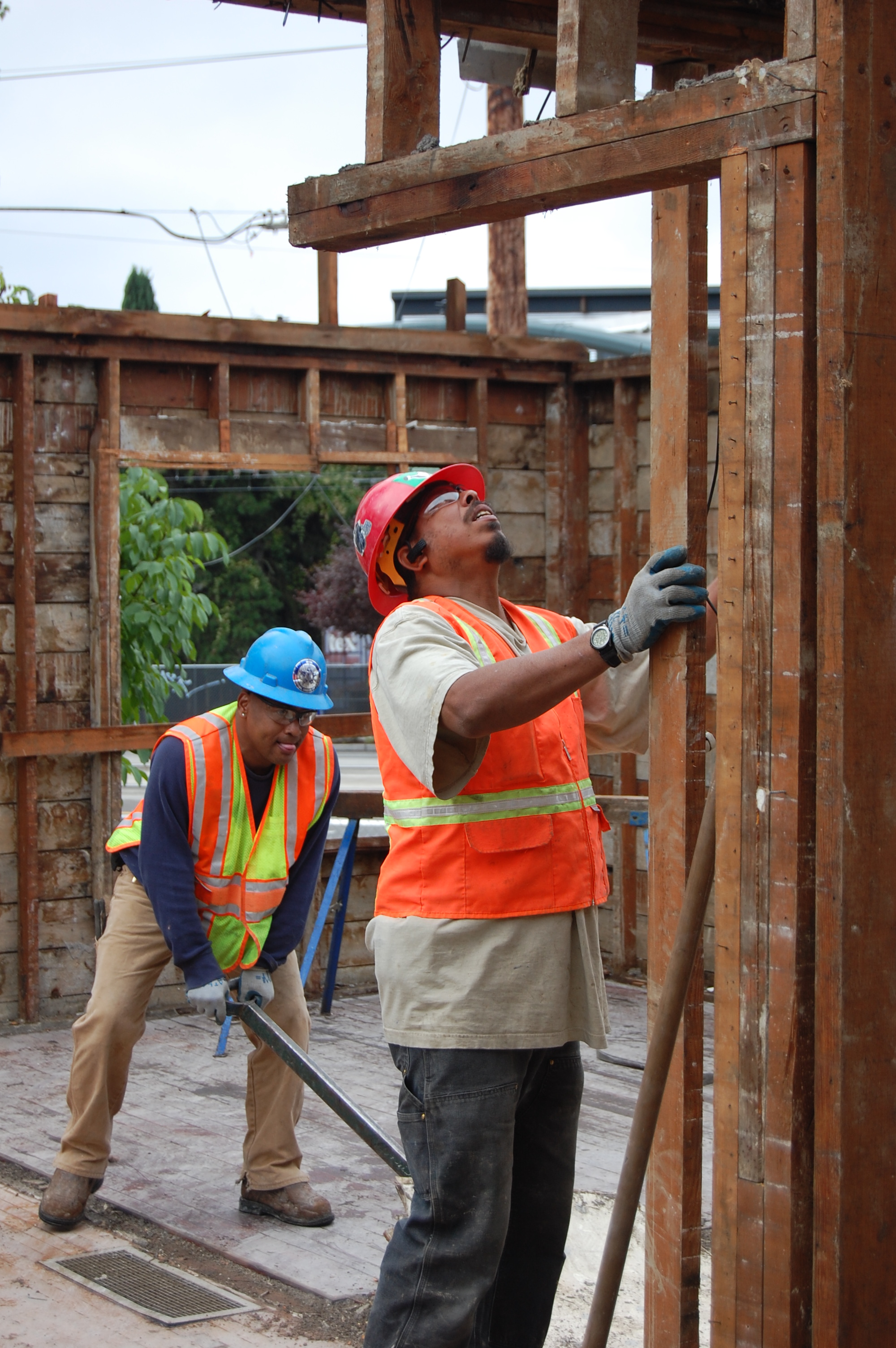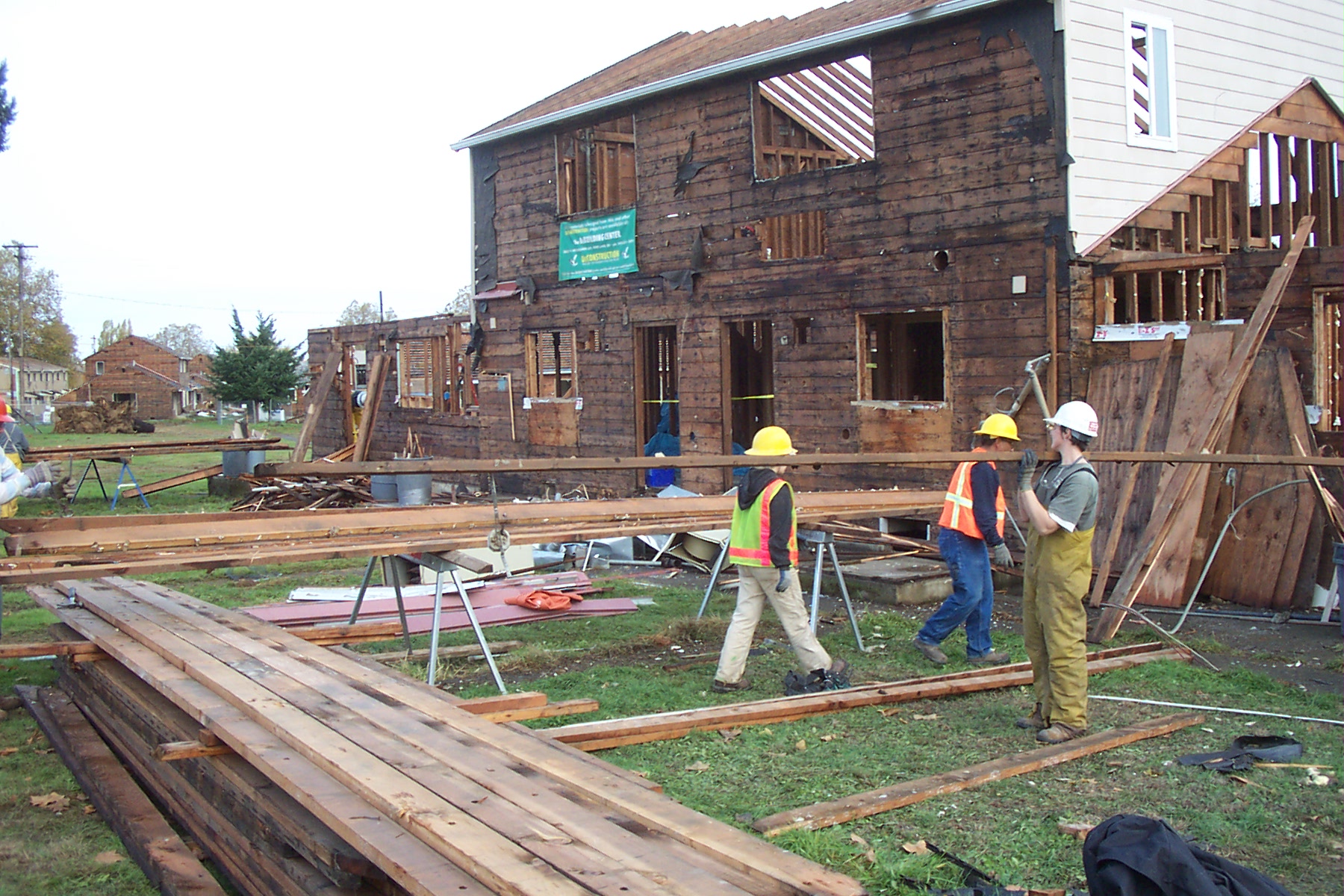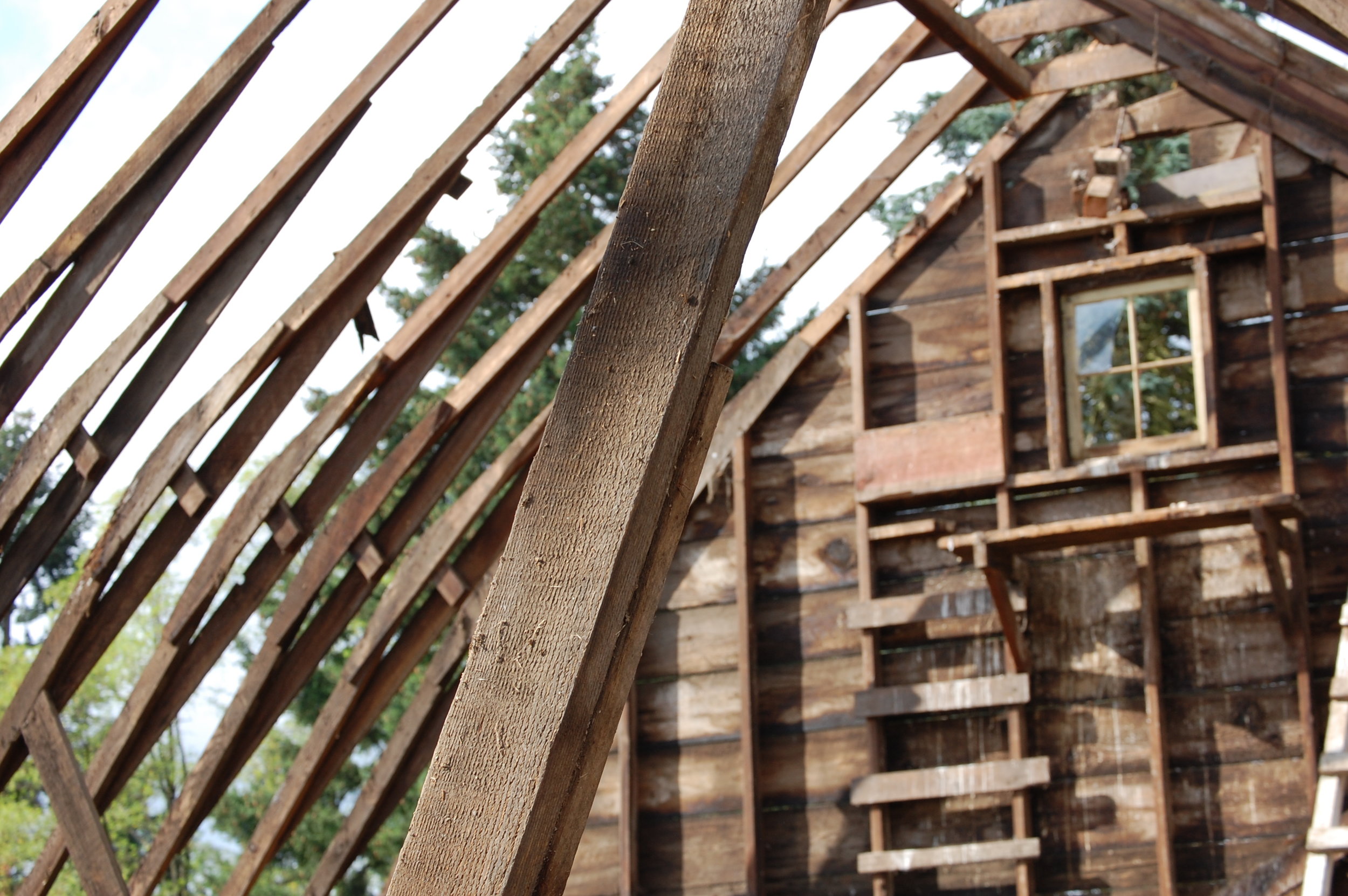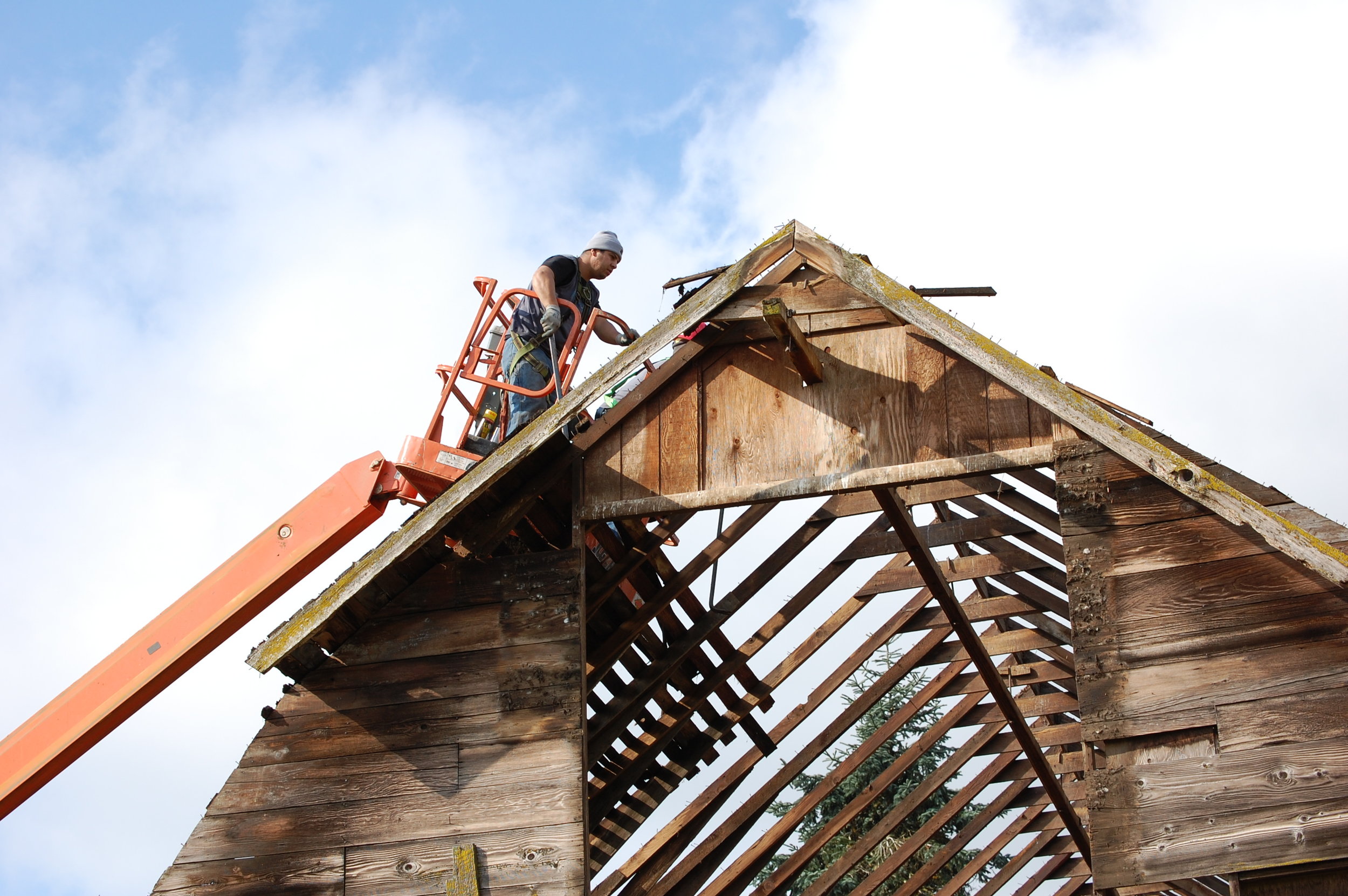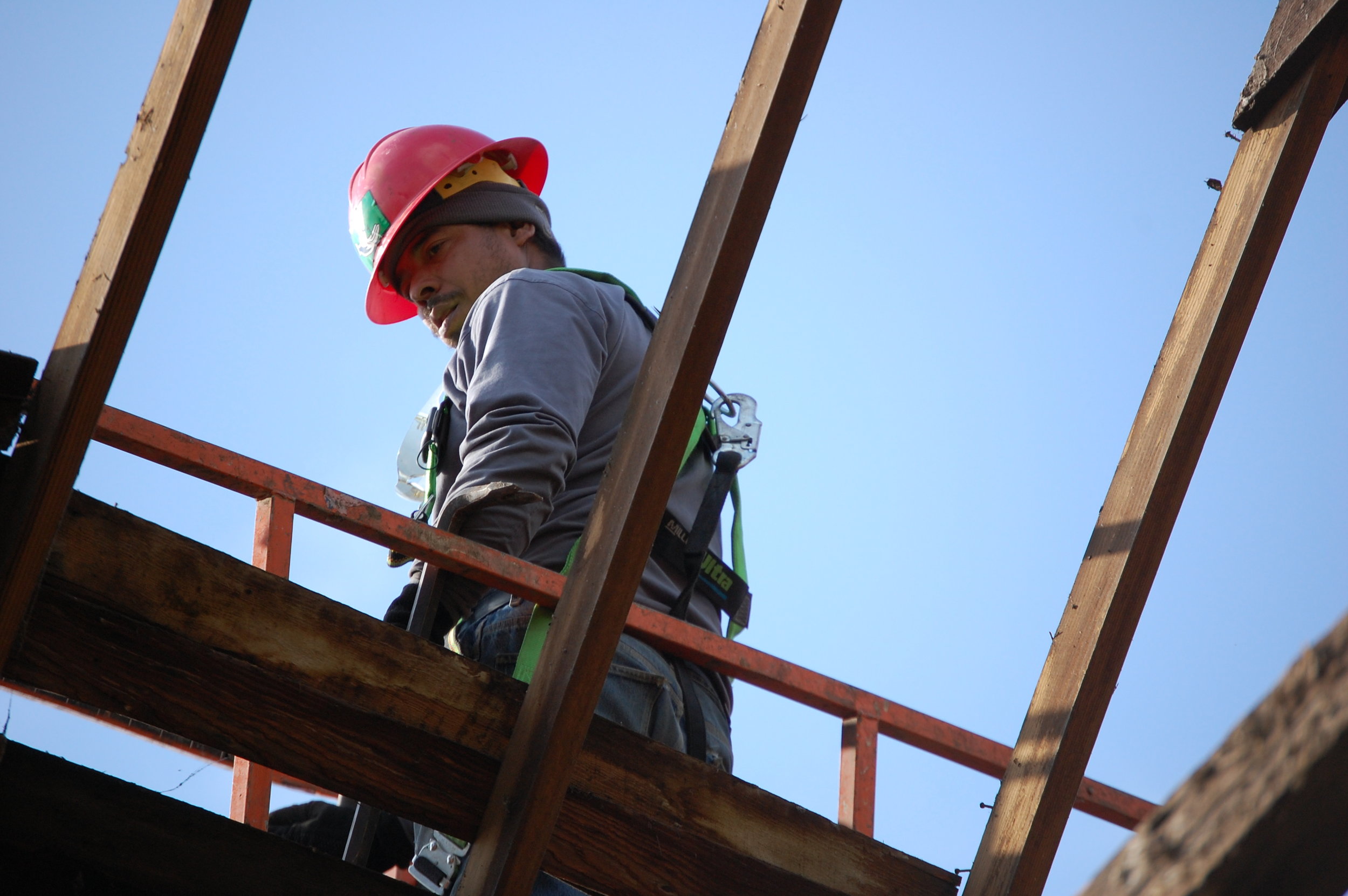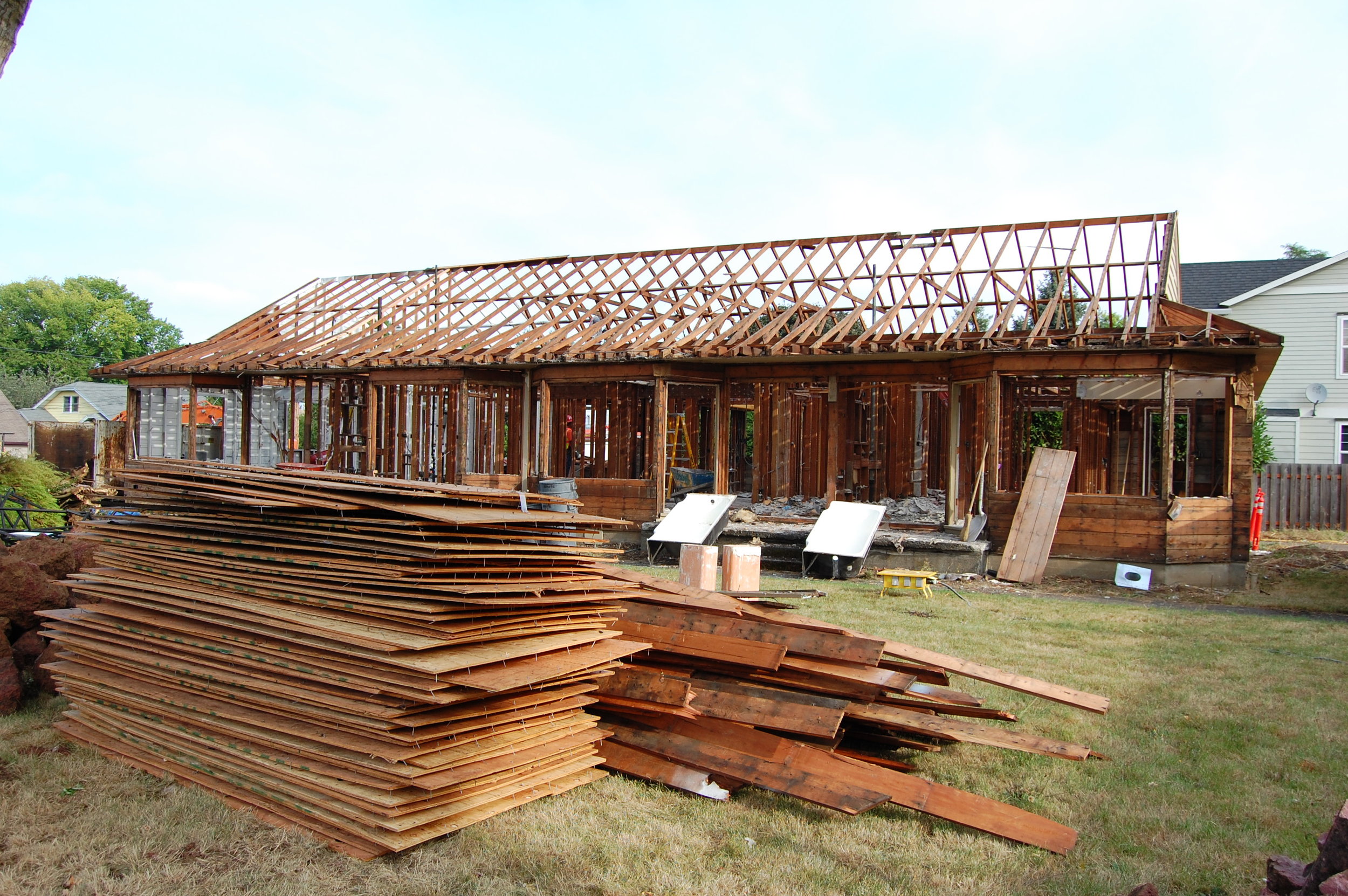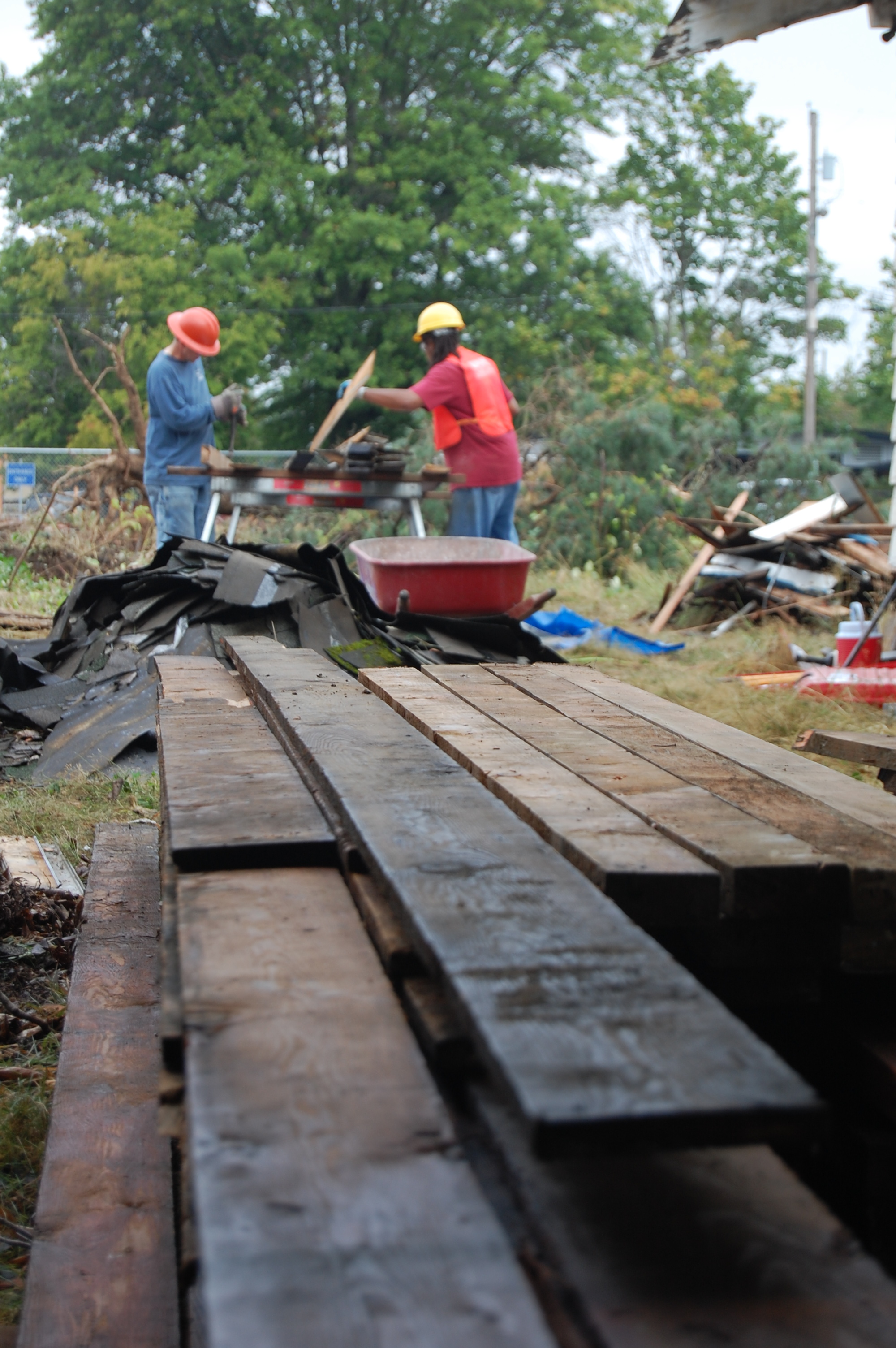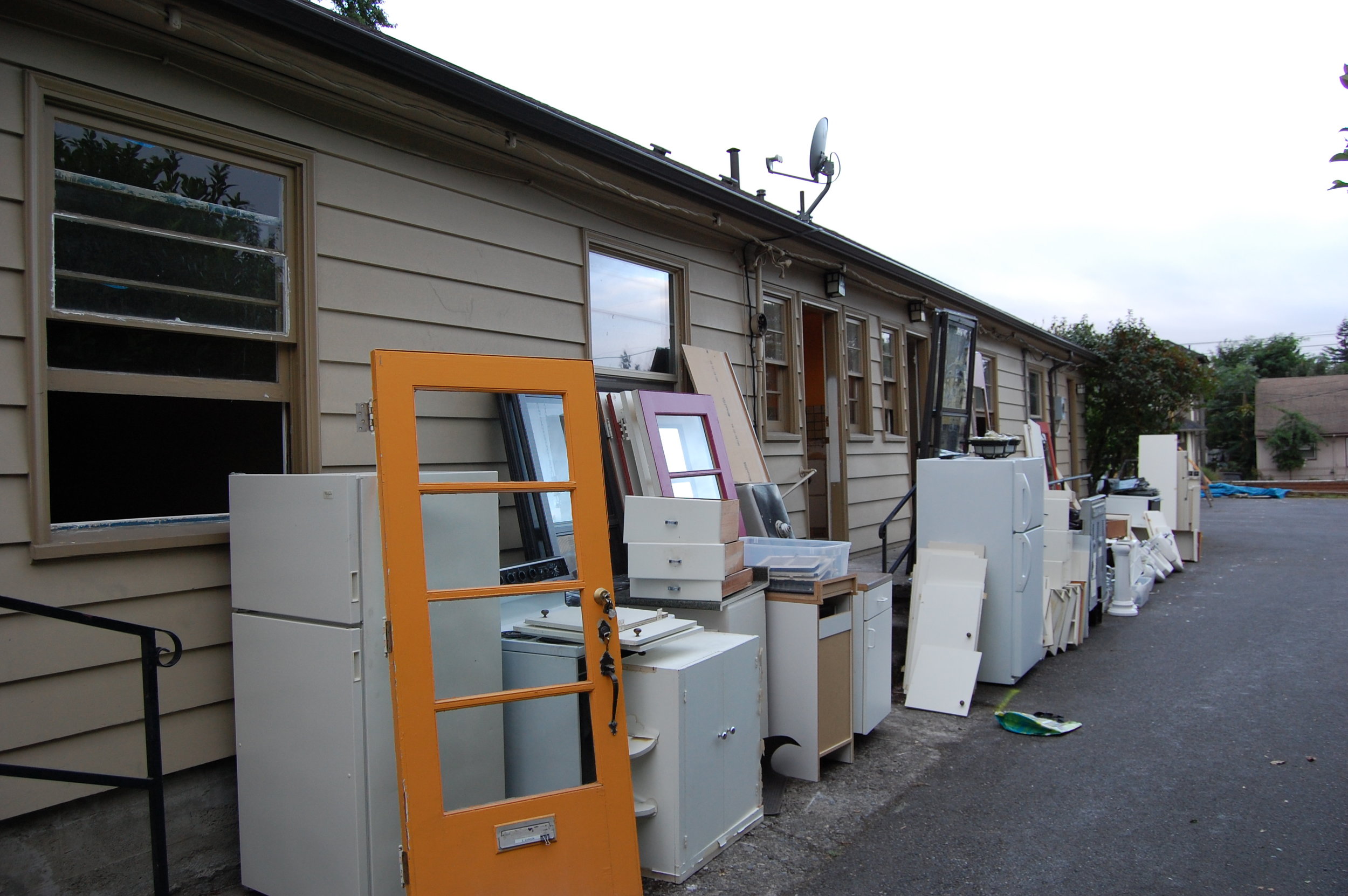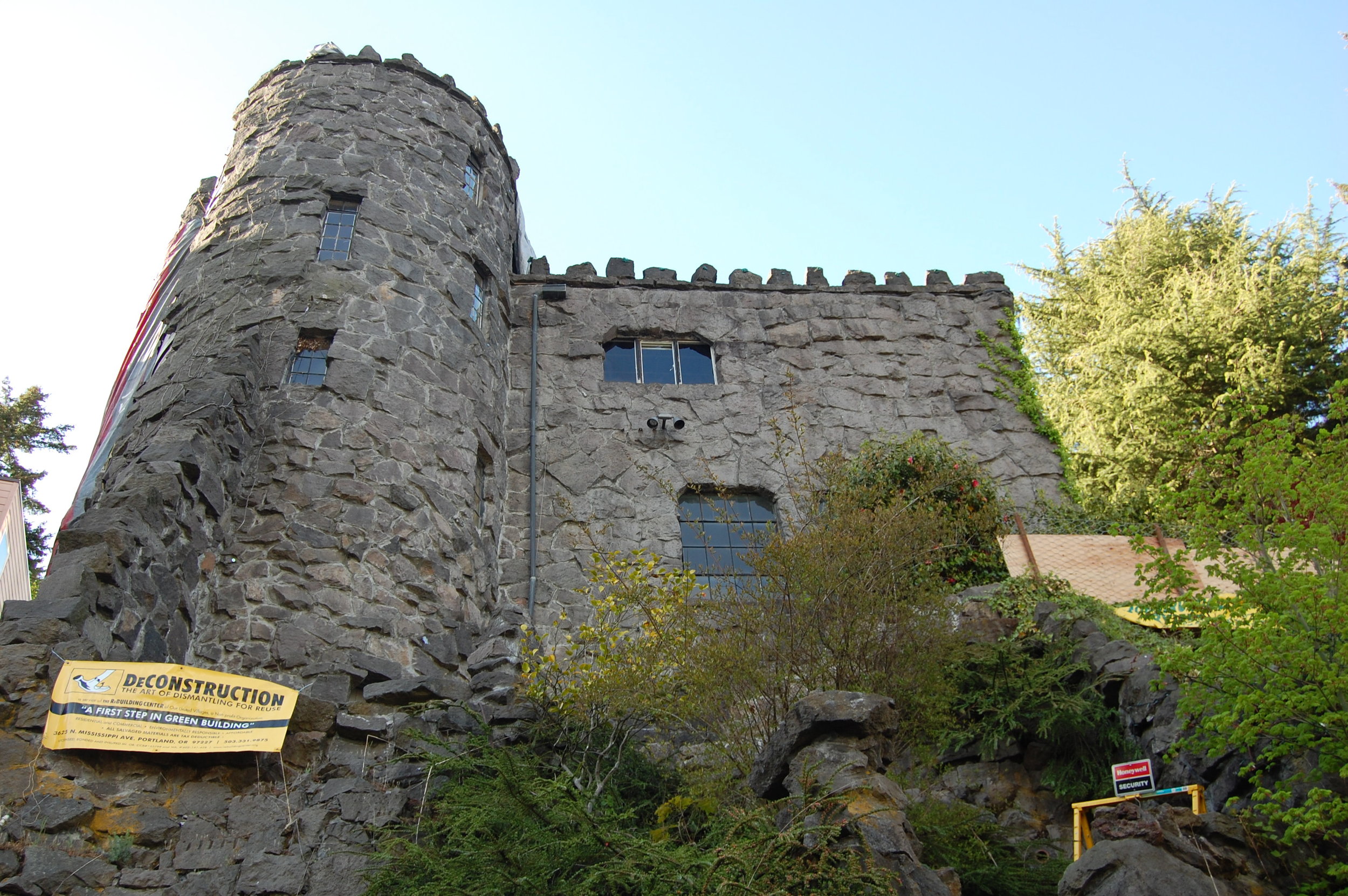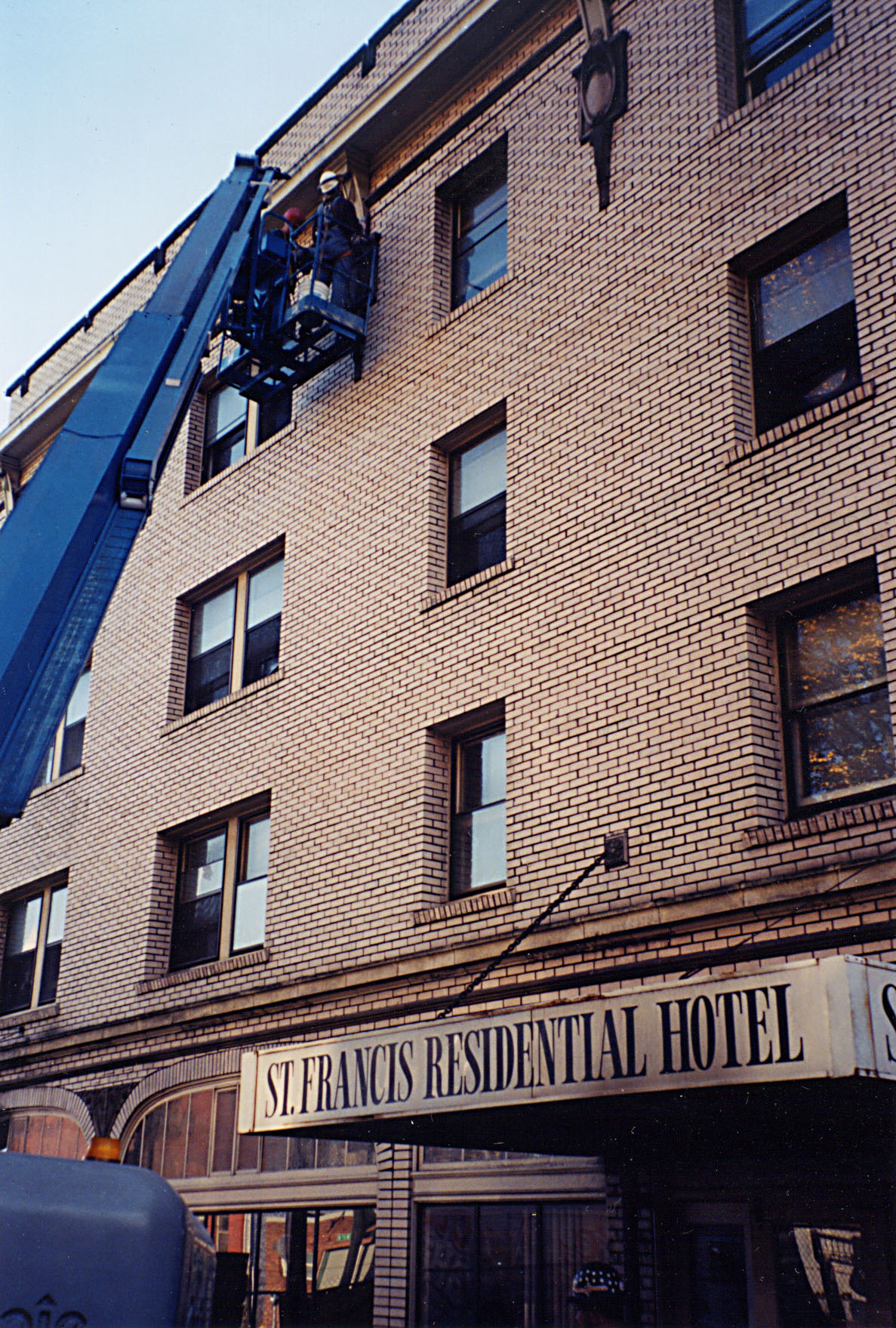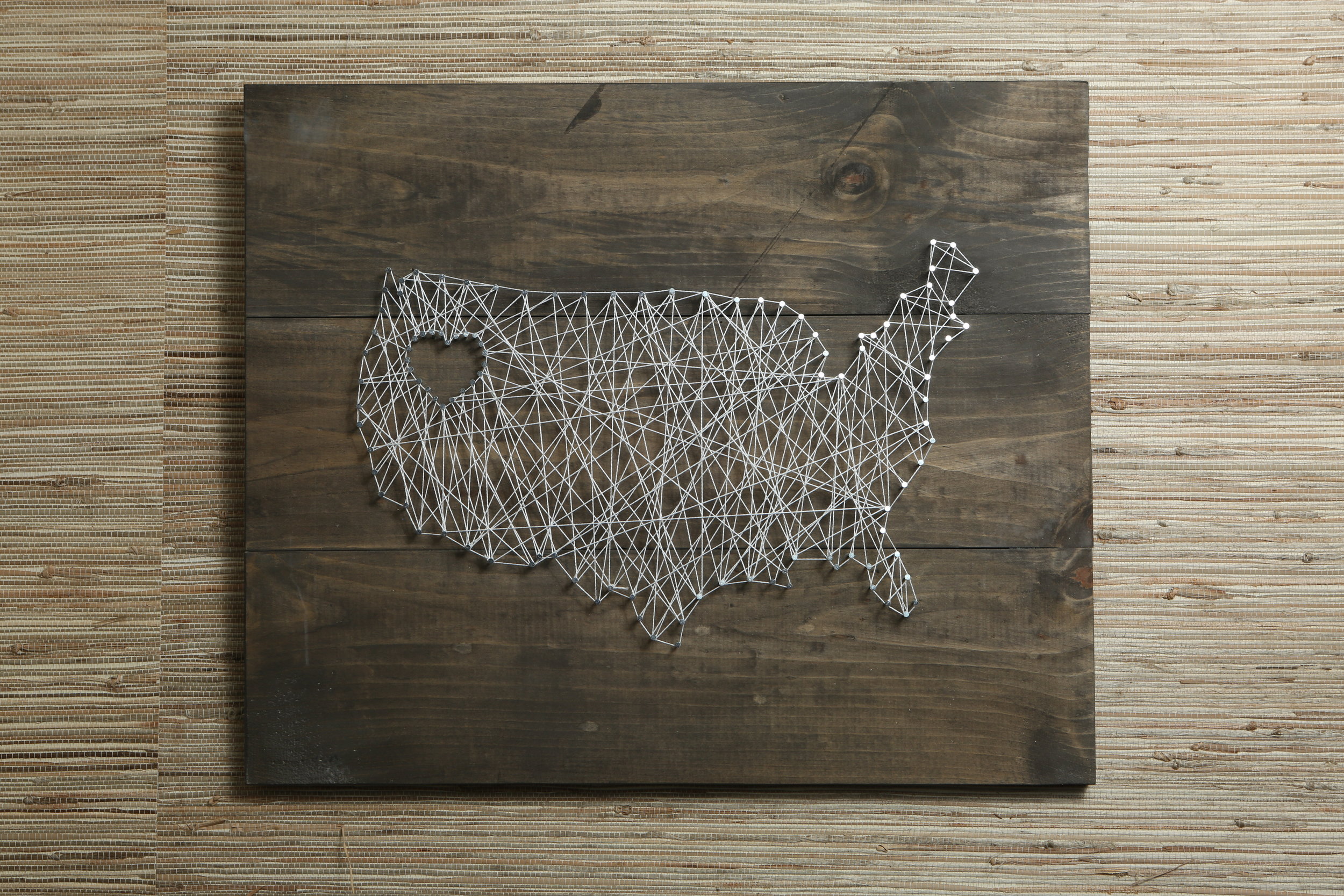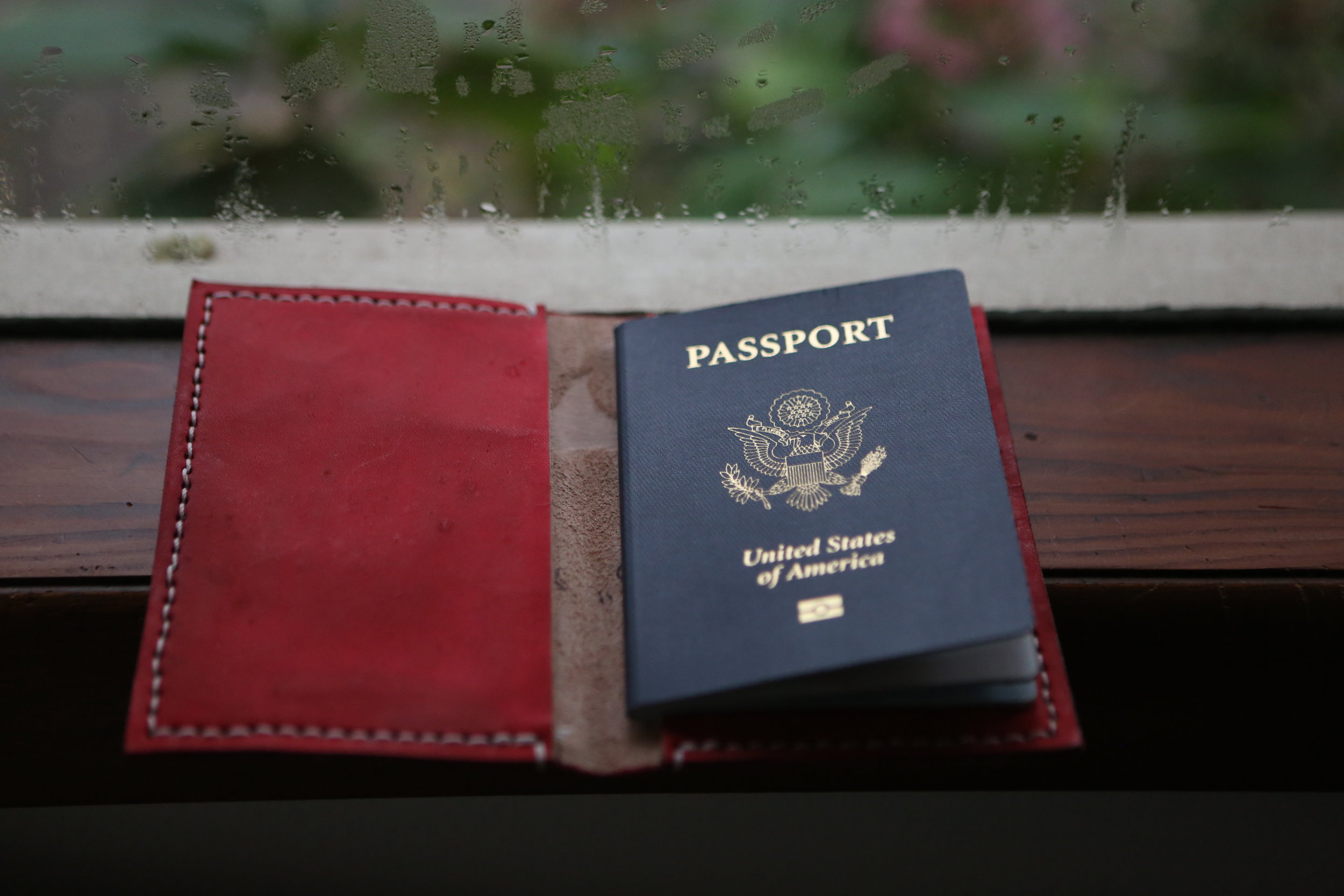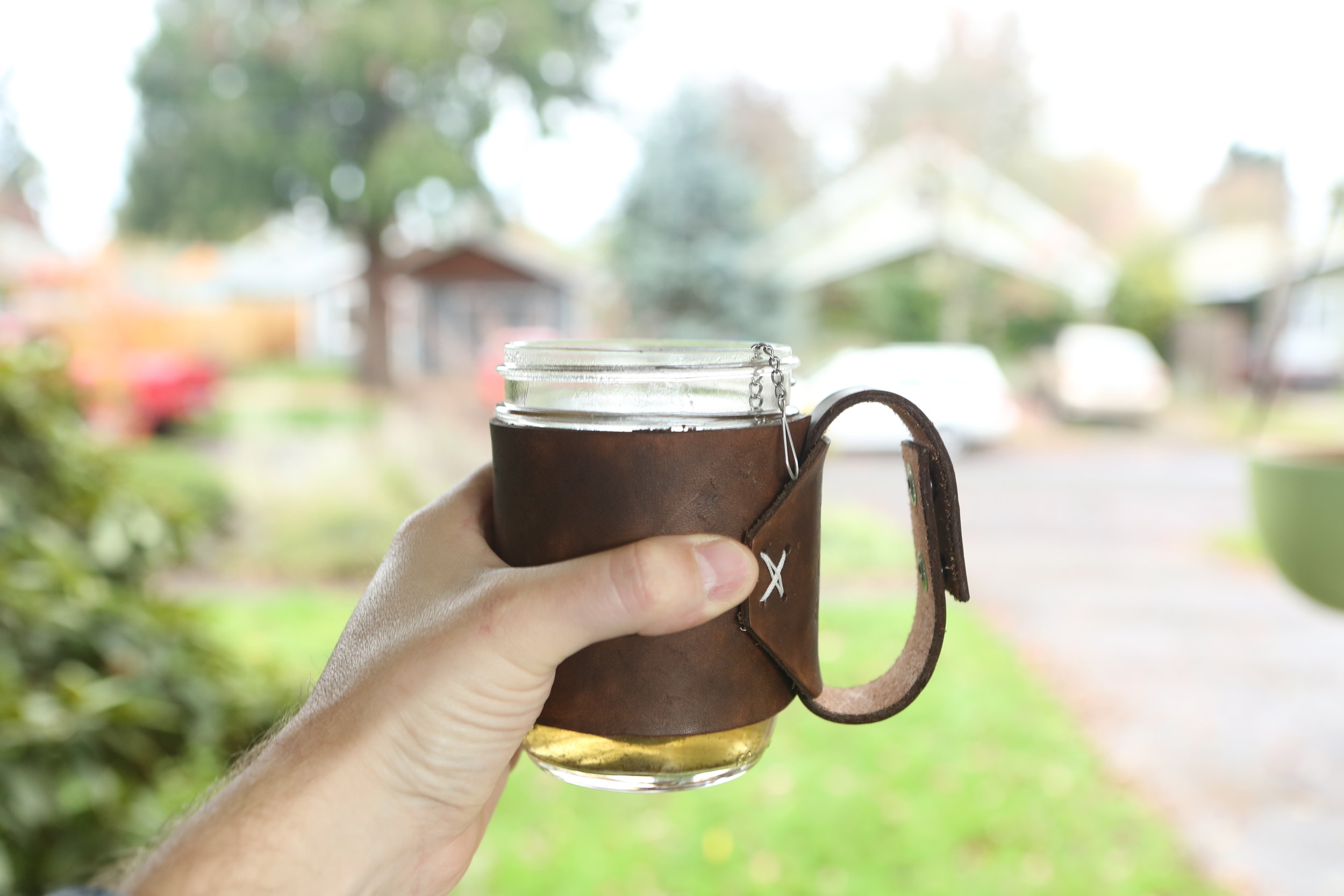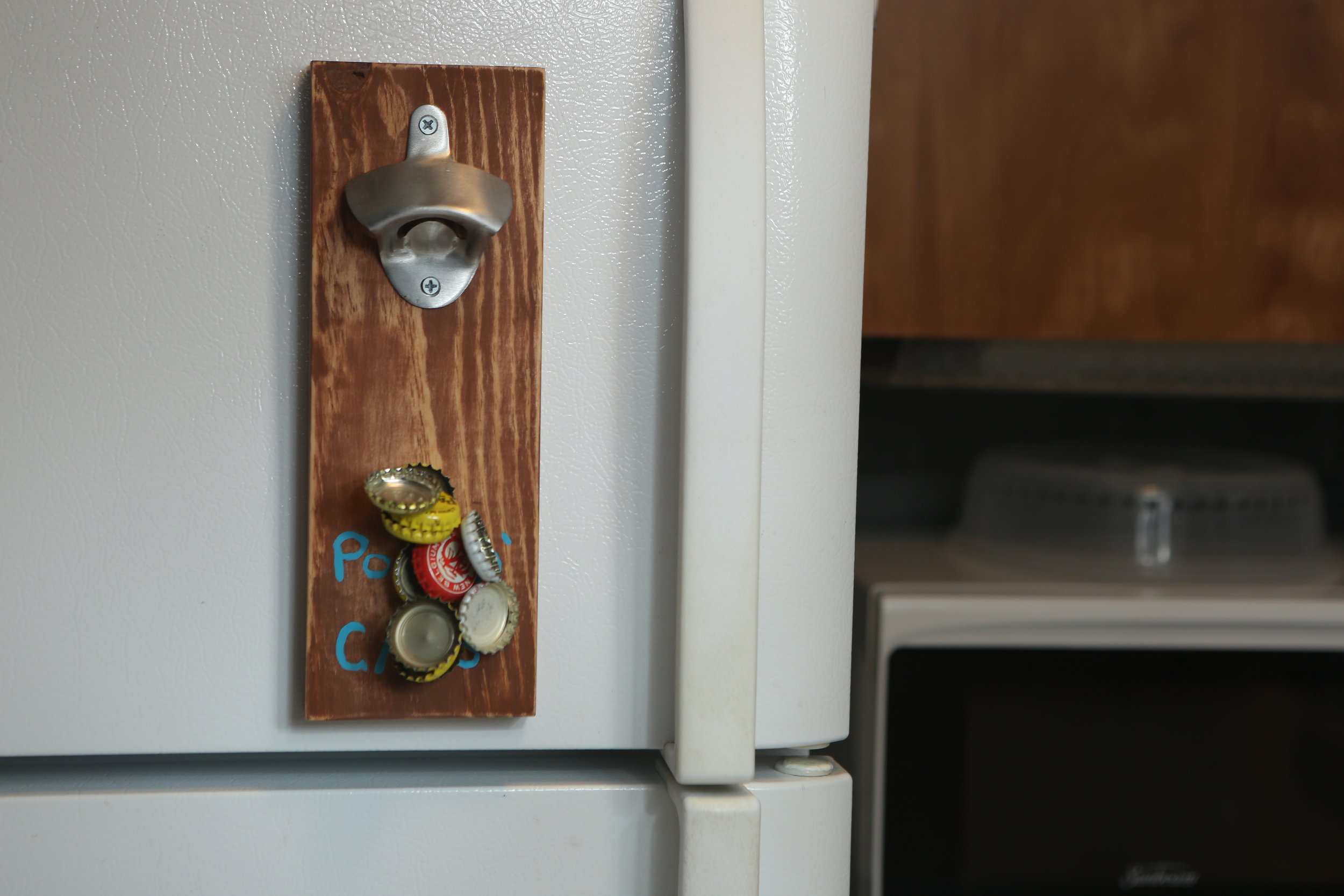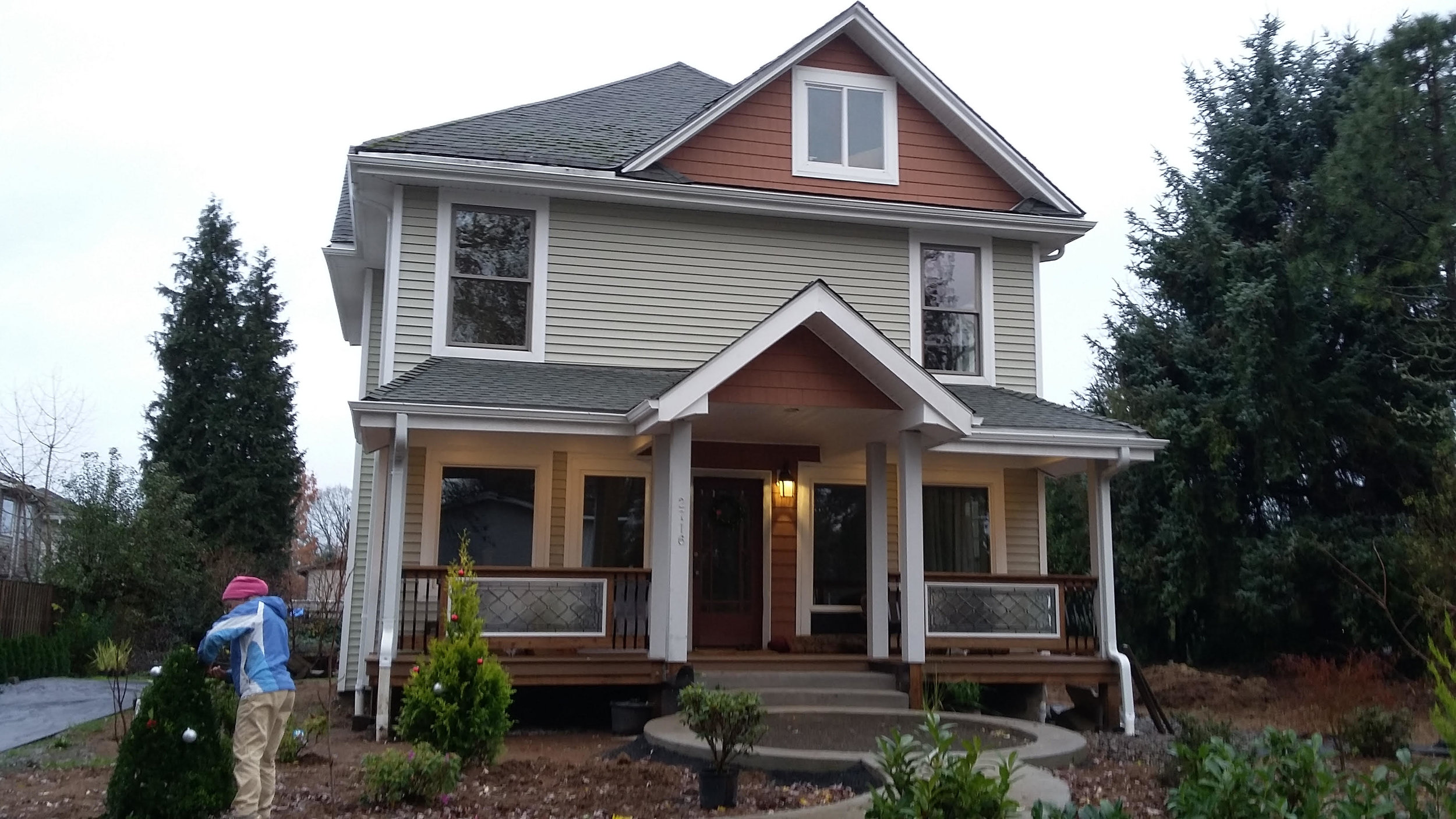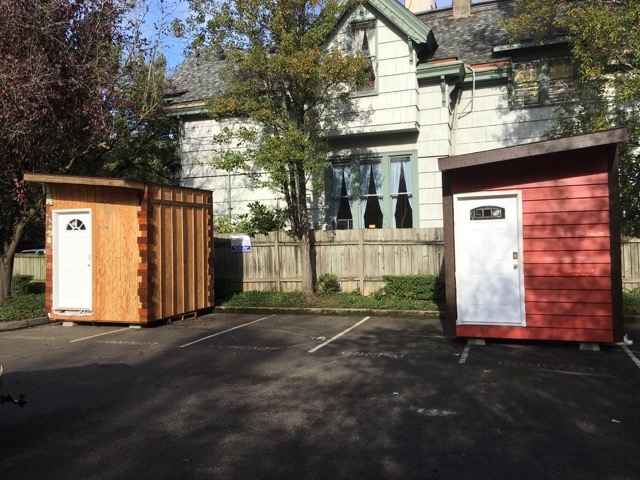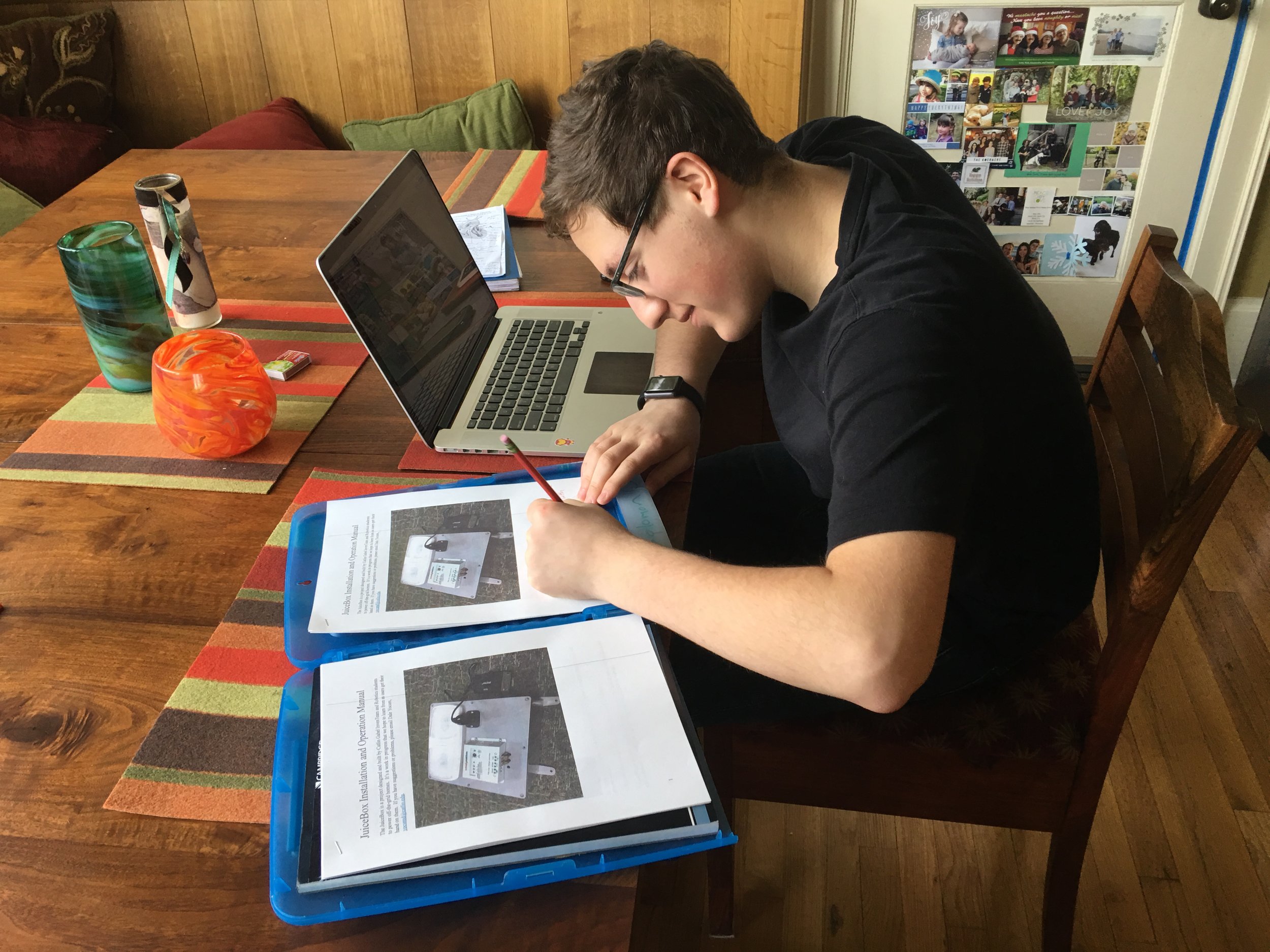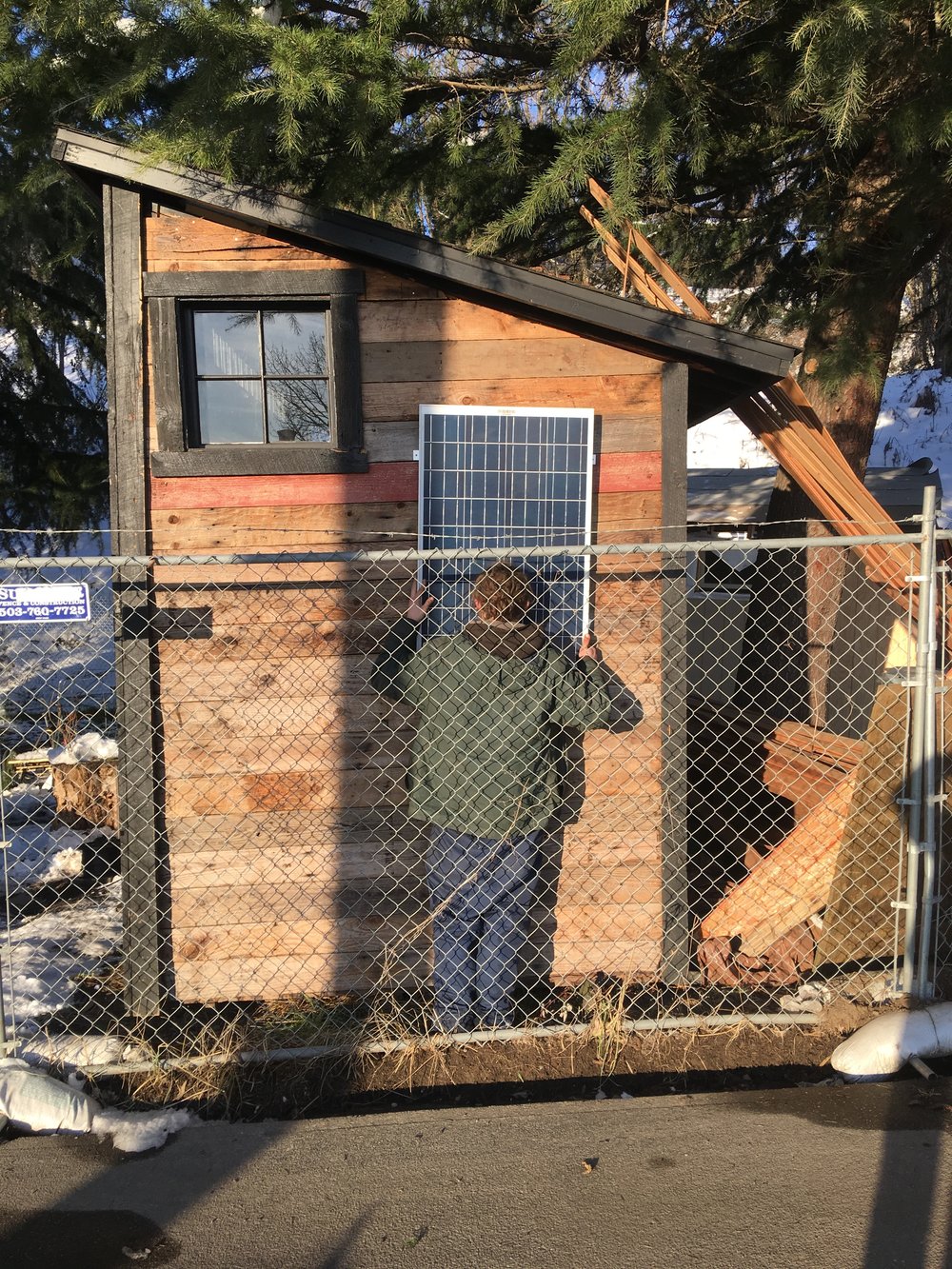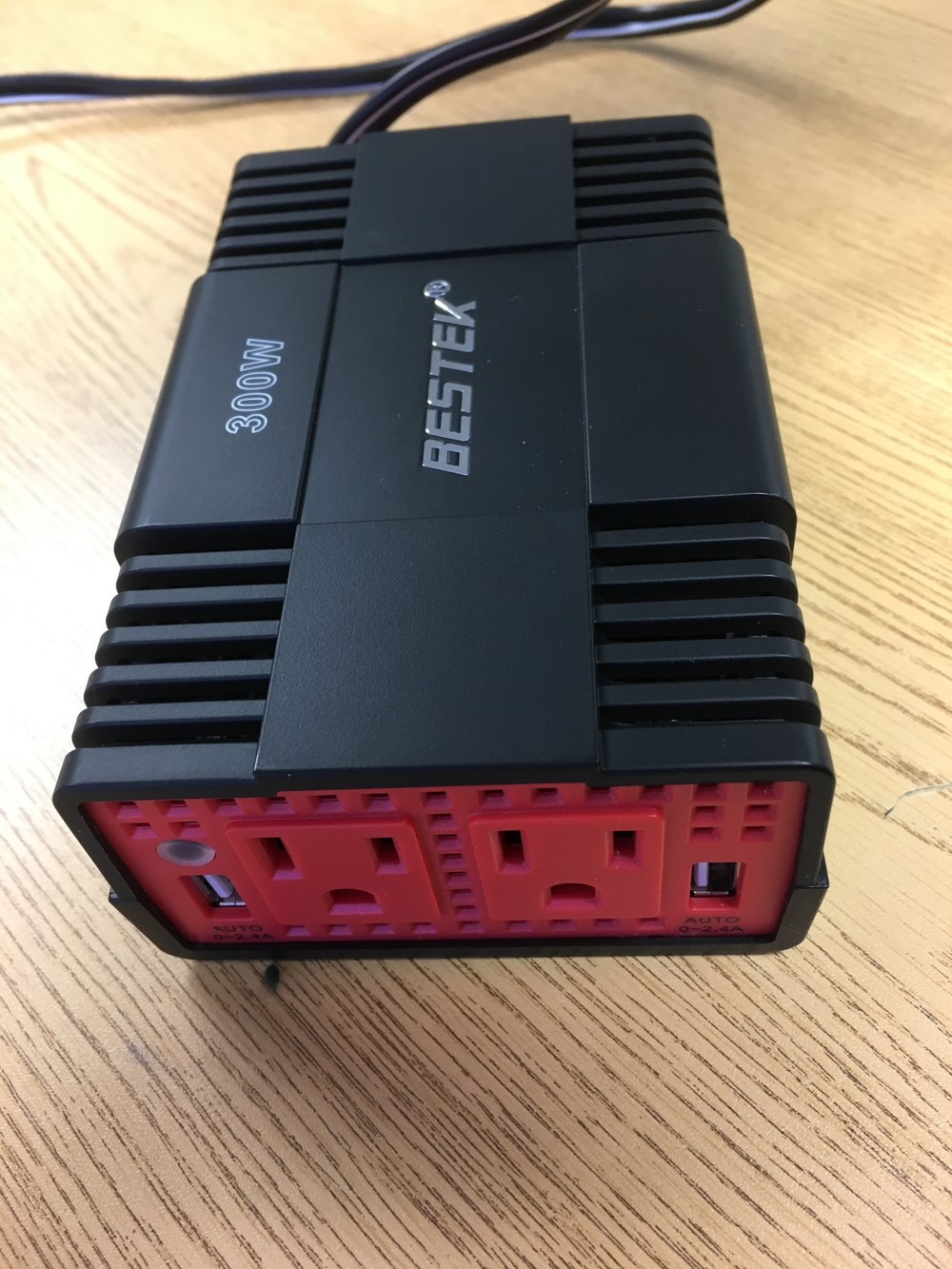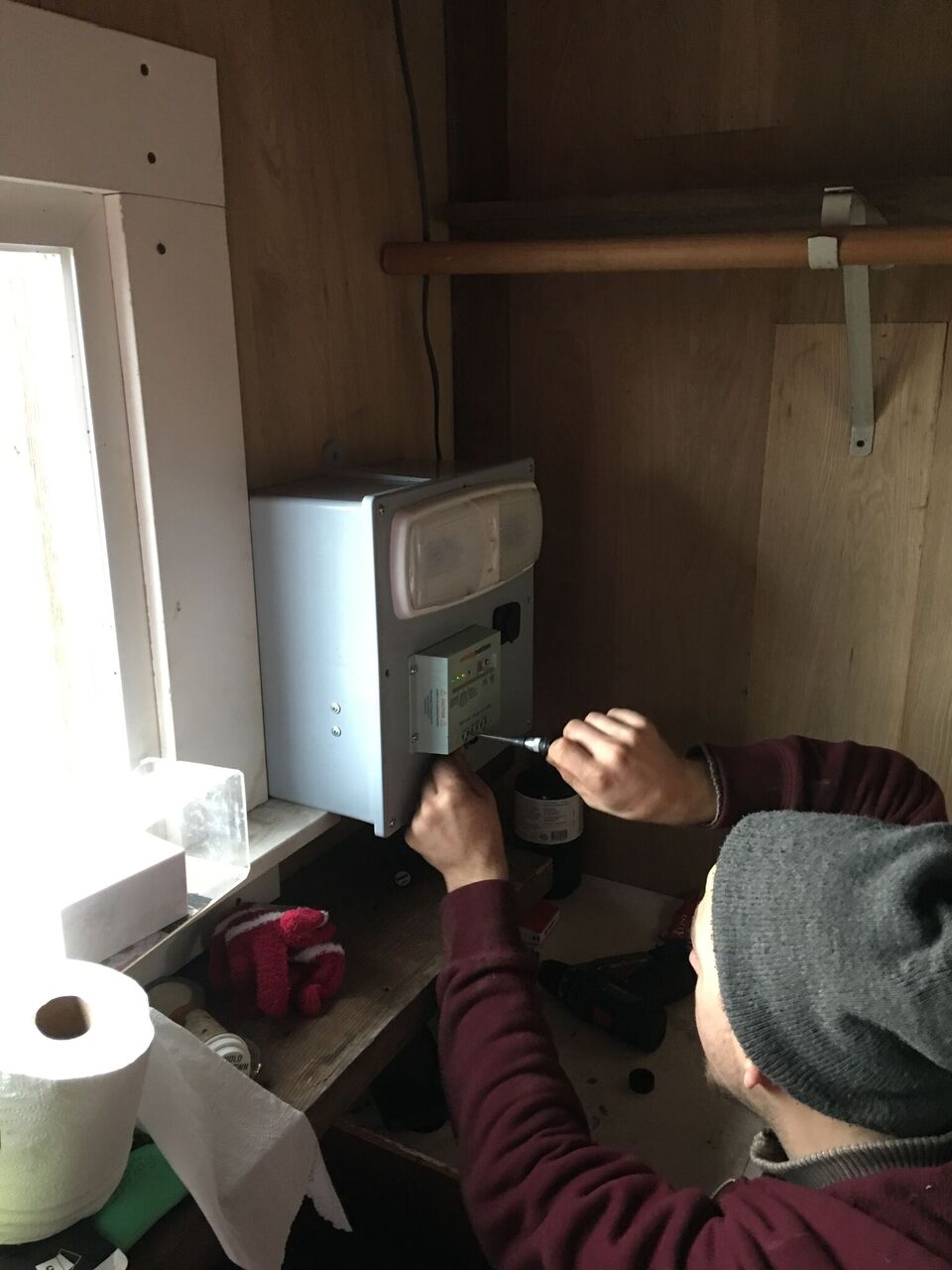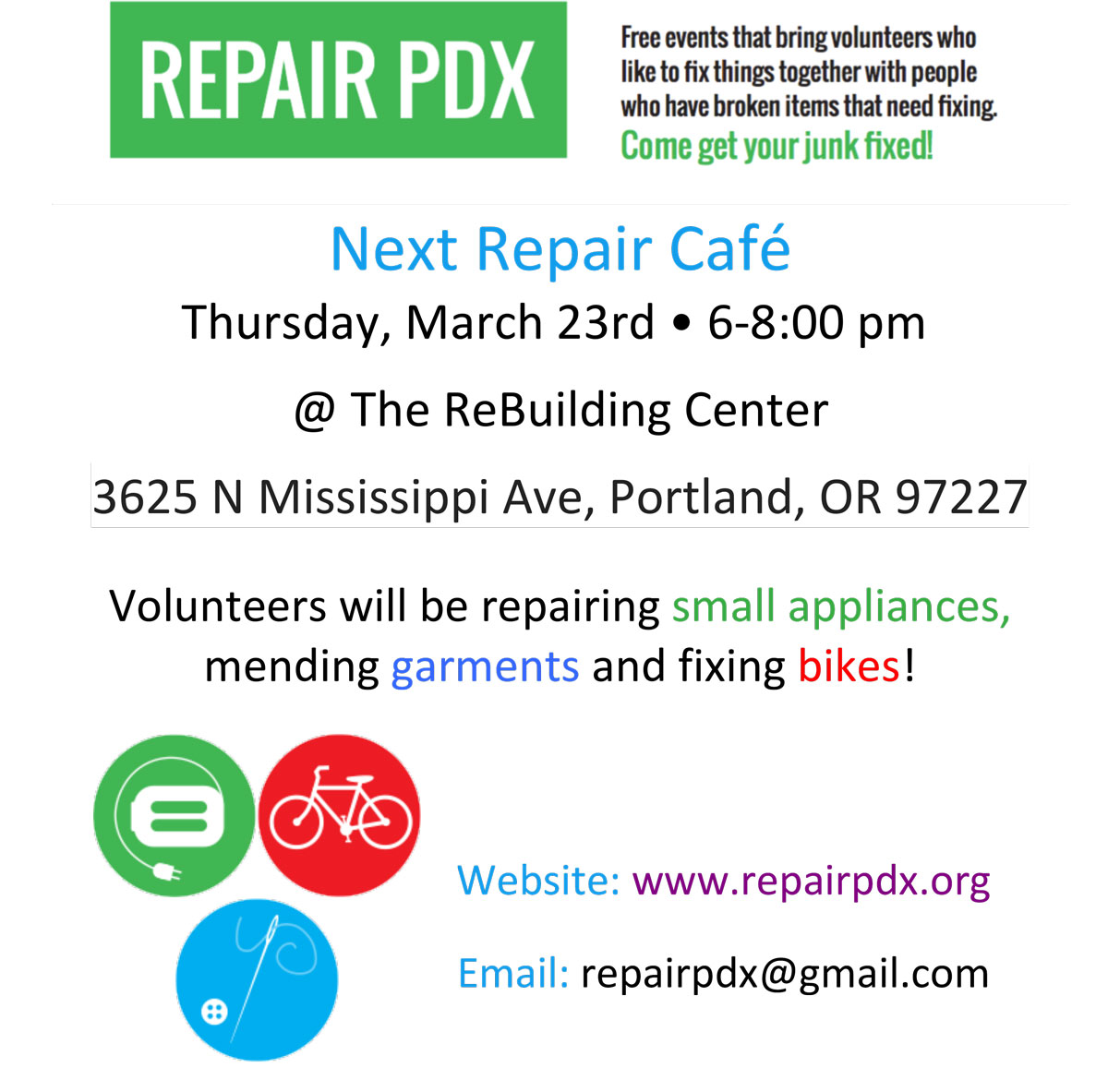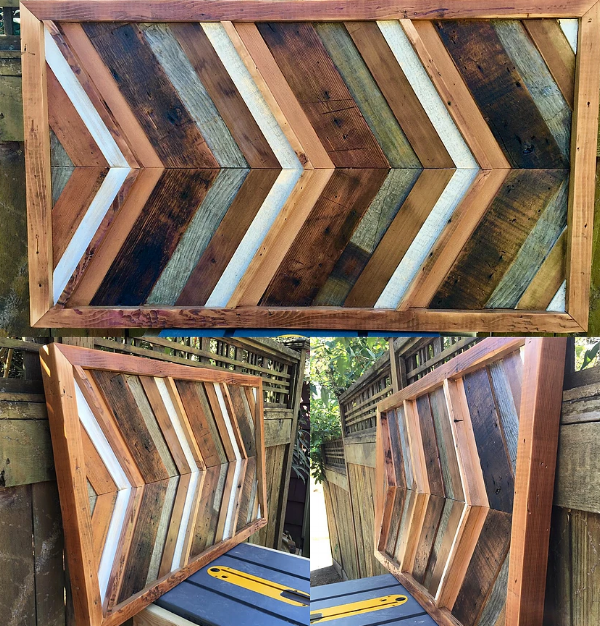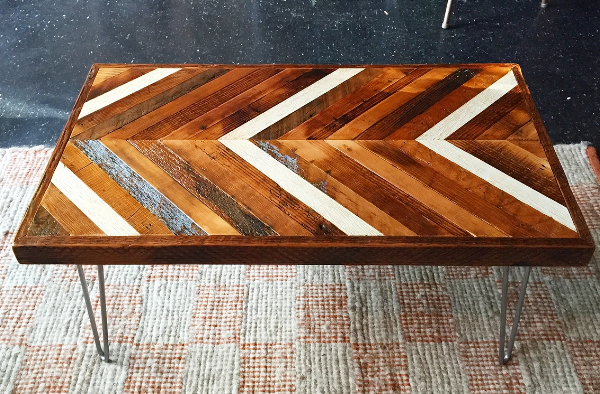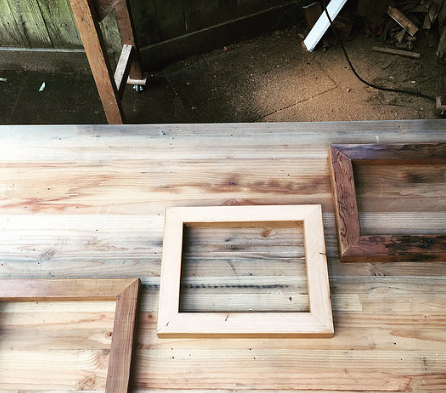Join the ReBuilding Center in the second annual Day of Service, meet other Portlanders and enjoy a discounted happy hour during our Building Community Through Reuse social night, help build a ReBuilding Center theme park for the Alberta Last Thursday, or prep for ReFind Adult Education classes!
LATINO HOME FAIR
Saturday June 3rd
ReBuilding Center will be at Madison High School on June 3rd for the Latino Home Fair. Sign up to represent us at this event. Spanish lingo a BIG plusIf you haven’t tabled with us before, get in touch with dave@rebuildingcenter.org to learn a bit more. It’s fun and easy.
Latino Home Fair is Hacienda’s biggest annual event that assembles a team of trustworthy professionals every year to provide useful resources to support future homeowners.
Hacienda CDC's Homeownership Support Program is a HUD-approved housing counseling agency. They provide group education and one-on-one counseling to first-time homebuyers and homeowners at risk of foreclosure. Hacienda CDC services are available to all Oregon residents.
The cultural atmosphere makes this annual fair a great family event for all with food, music, raffles and prizes (like a one month rental and down payment assistance.)
You can schedule yourself by visiting you schedule through the Volunteer Portal, or by emailing Dave directly.
Day of Service
SATURDAY, JUNE 10TH
Every year the ReBuilding Center joins with the African American Alliance for Homeownership to bring the community an annual Day of Service, offering minor repairs to neighborhood homeowners. These services are provided to our neighbors who are at risk of being displaced from their homes due to their need for repairs. In 2016, volunteers proudly completed 10 projects on 5 different properties, tackling a wide range of issues:
- Removal and repair of rotting stairs
- Demo and re-pouring of concrete stairs
- Cleaning up overgrown yards
- Installation of handrails
- Mending fence boards
- Sink installation
- Door hanging
- Painting houses
This year the ReBuilding Center plans to take on similar projects with double the number of homes! This is an excellent opportunity for volunteers who would like to learn DIY skills or those with prior building experience who would like to apply their expertise to a greater cause. If you are interested in joining our team to build a healthier more vibrant community please pre-register now to be placed on our list to receive further information, pick preferred projects as they become available, and be considered for a position as one of our Crew Leaders.
LEND A HAND AT OUR MONTHLY DE-NAILING PARTY AND RECEIVE 25% OFF AT STORMBREAKER BREWING
SECOND THURSDAY of every month
6PM - 8PM
The ReBuilding Center invites you to join us for an evening of socializing and de-nailing on the second Thursday of each month from 6pm to 8pm. No need to be registered as one of our existing volunteers, this monthly event is open to the public. Get some rewarding hands-on experience while keeping usable building materials from making their way into landfills and waste streams. Meet and socialize with like-minded individuals! If you are looking for a great way to expand your friend base here in the Portland community then this monthly mixer is for you! After the de-nailing has concluded, regroup with your fellow volunteers across the street at Stormbreaker Brewing and enjoy an additional 25% off for your contribution.
To sign up, please RSVP with David Lowe, our Volunteer Services Manager:
dave@rebuildingcenter.org
HELP US PREPARE FOR YOUTH AND ADULT CLASSES IN OUR REFIND EDUCATION SHOP
EVERY MONDAY & FRIDAY AT 12:00pm
The ReBuilding Center is looking for help in our Refind Education shop getting tools and material ready in preparation for upcoming youth and adult classes.
To sign up, email the ReFind Education Coordinator, Aaron Green at: aaron@rebuildingcenter.org
For more information on any of the volunteer opportunities listed above or to check out other ways you can help build community through reuse follow these links:



